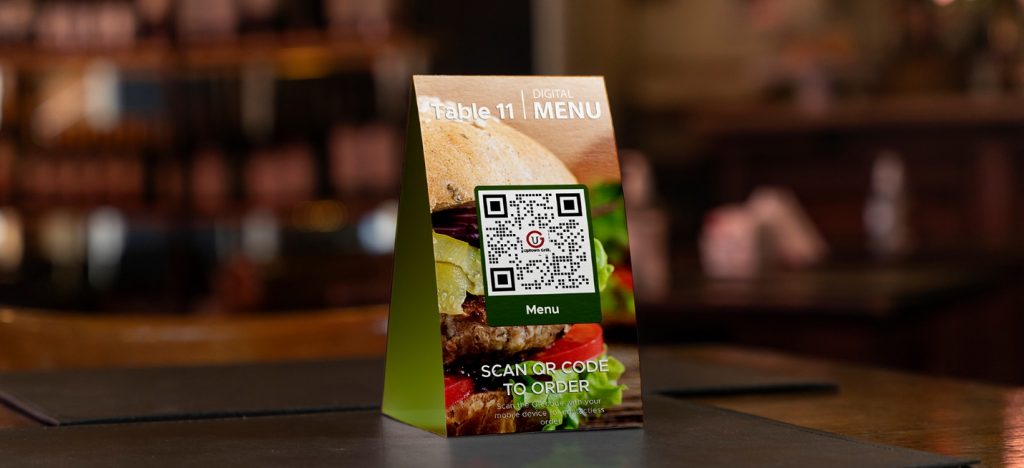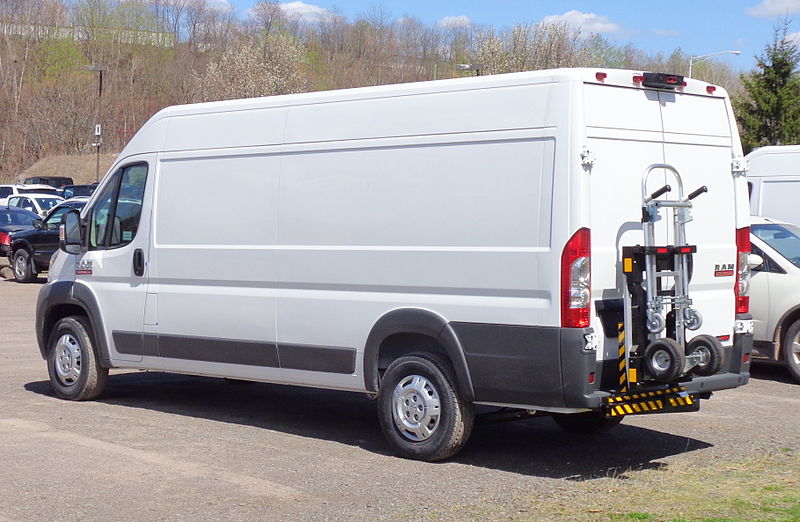A restaurant menu QR code is more than just a list of meals and beverages. It is one of your best marketing tools to introduce customers to your cuisine and branding.
Consider using menu engineering to highlight the popularity of your menu items. You can identify the influence of these factors in placing the items on top of your menu.
Moreover, menu engineering lets you protect your menu profitability during a crisis. It is also helpful for your restaurant business to expand your services digitally using a digital restaurant menu QR code software and online ordering system.
Menu engineering will help you determine the strategic pricing of your menu items. It will also help you in revamping your menu design when you plan to scale in the future.
Benefits of Menu Engineering
Here are other benefits of menu engineering:
- It eliminates the least popular menu items and aids you in maximizing costs for other menu items.
- It allows you to highlight your most popular menu items and gain more profit.
- It lets you create a data analysis for your menu and helps you strategically optimize menu items on your online ordering page to improve sales.
Vegan Menu Engineering Process
Structuring your menu requires in-depth knowledge about your customer preferences, data analysis of the restaurant’s ingredient costs, strategic menu pricing, and contribution margins.
This lets you identify which menu items are profitable in your restaurant and which items are not.
Let menu engineering help you increase your restaurant profits by 10% – 15% with this process.
1. Costing of menu ingredients
List down the individual ingredients for each menu item to determine how much a dish plate costs. You must identify the elements of your dish, from the oil used to the amount of salt and pepper used.
For instance, if you are using two hard-boiled eggs costing $.50 each in your bowl of green salad, then it is considered that you use $1-worth of hard-boiled eggs. Continue the costing process by listing the costs of the iceberg lettuce, chopped onion, green bell pepper, sliced chicken meat, tomatoes, onion powder, garlic powder, salt, pepper, and balsamic vinaigrette dressing.
Note: Do not include the labor costs in your menu item calculation. Only list down the ingredients to know the profitability of your menu item.
2. Categorize menu items
You can categorize each menu item using the four quadrants of menu engineering: Stars, Horses, Puzzles, and Dogs.
- Stars – high profitability, high popularity. Your menu should highlight these menu items.
- Horses – low profitability, high popularity. Your menu should create a profitable version of menu items included in this list, like soups and salads.
- Puzzles – high profitability, low popularity. Your menu should promote and strategically price each menu item included in this list. You can also reinvent the menu items in this category.
- Dogs – low profitability, low popularity. You can omit the menu items included in this list. However, some things in this section are menu staples to other customers. Thus, you can deemphasize these menu items and not put further efforts into their promotion.
These four quadrants will help you determine how to place and promote menu items within each section of your menu.
This means if your steak is the most profitable item on your menu, it is a Stars item. You should consider how to promote the Stars menu items well enough to gain profits and sales.
3. Design the menu
Designing a good menu is overwhelming but more accessible with menu engineering. You can highlight the most profitable and popular together on your online ordering page.
You can design your menu that highlights the best dishes in the “Chef’s Favorites” or re-evaluate the profitability of your salads by categorizing them as the “Specials of the Day.”
To design a good menu, you should also consider the preferences and feedback of your customer base. Know precisely what drives them to your restaurant and determine the menu items that appeal to your customer base.
4. Do a test drive
Analyze the effectiveness of your new menu design using menu engineering within a period to know if you crafted an excellent menu for your restaurant.
If the sales are the same and there is no significant change in customer engagements and profit, consider re-evaluating and redesigning your menu that fits your customer base.
Do a test drive to track what menu design works well with your restaurant.
Final thoughts:
Now that you know the process of designing a good menu, consider the steps above for your restaurant’s success.
Crafting a good menu is hard if you do not know the basics of restaurant marketing. Luckily, menu engineering is an easy-to-understand concept that will lead your restaurant to engage more customers and drive sales.



